Assad Al Ammar, Specialty Enzymes and Probiotics, United States
The research project involves studying the effect of addition of Maltogenic enzyme to improve the shelf life and other desirable properties of baking goods (white bread and tortillas). Maltogenic enzyme breaks down long chains of amylopectin in starch to shorter chains that can h [....] » Read More
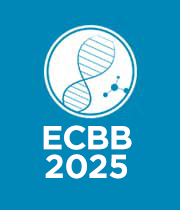
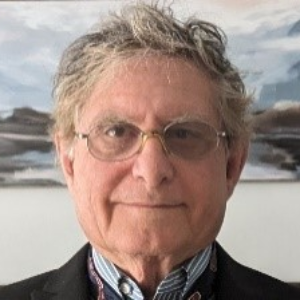
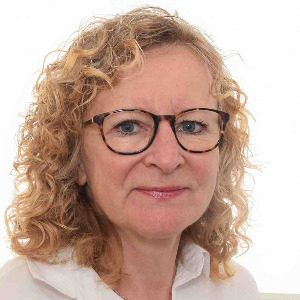
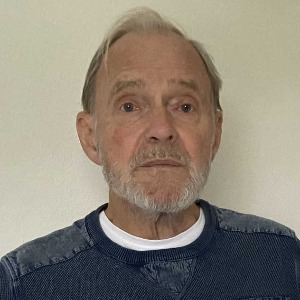

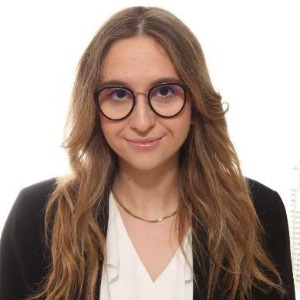
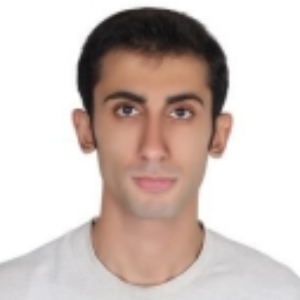
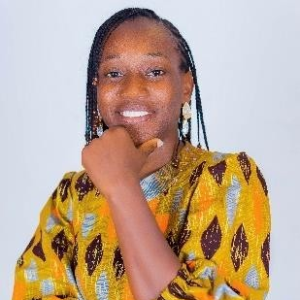







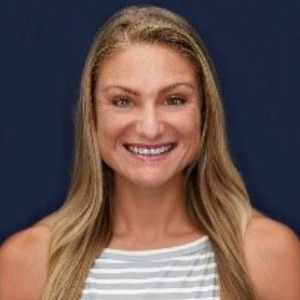

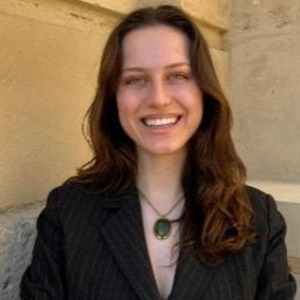
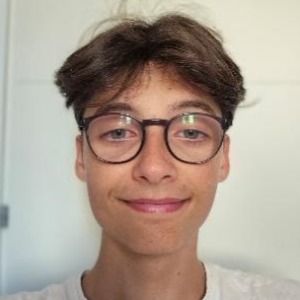
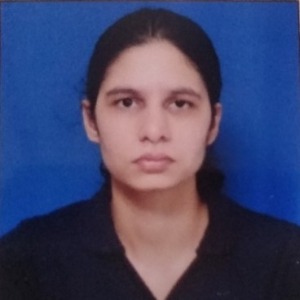




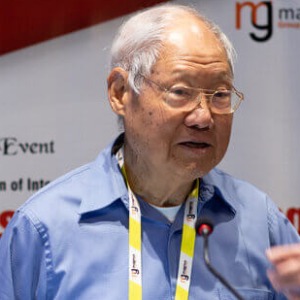
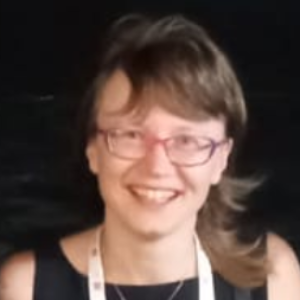
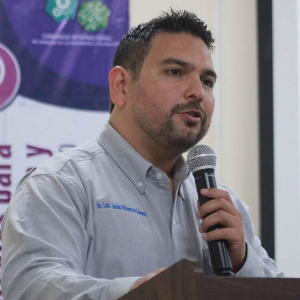

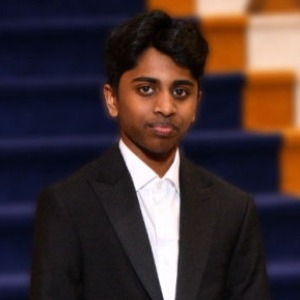
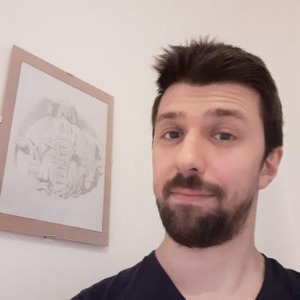
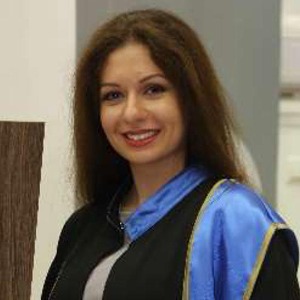

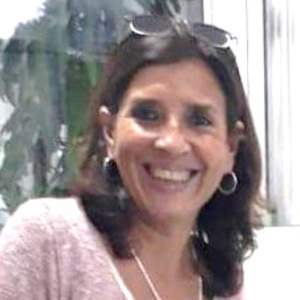

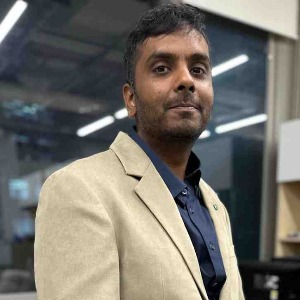
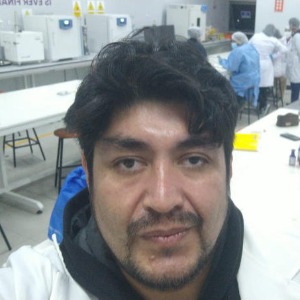
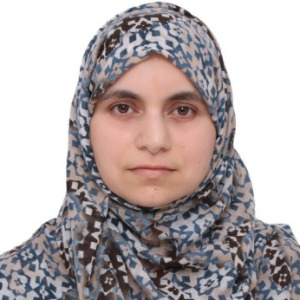



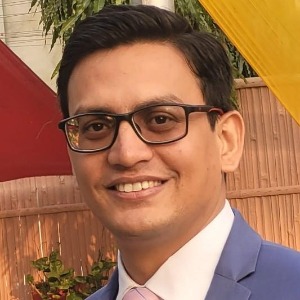
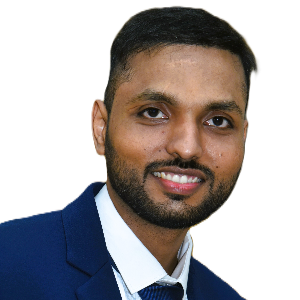
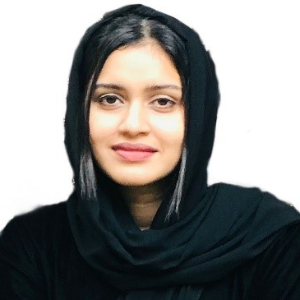

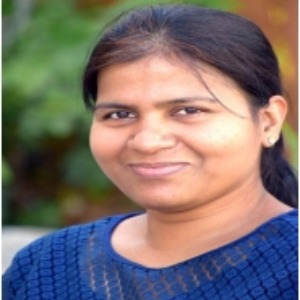
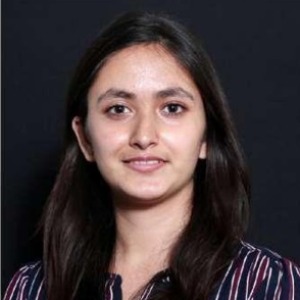


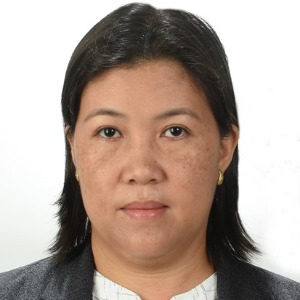
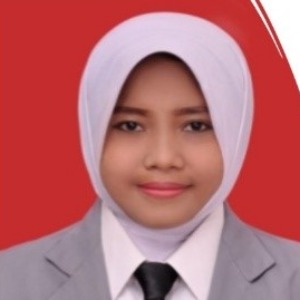
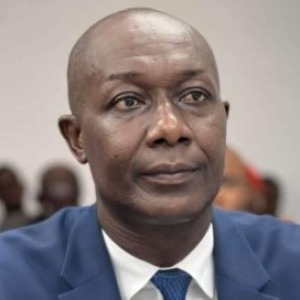
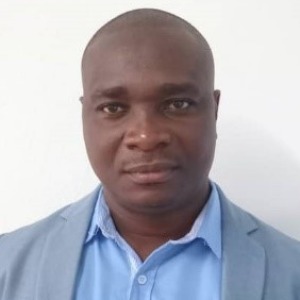
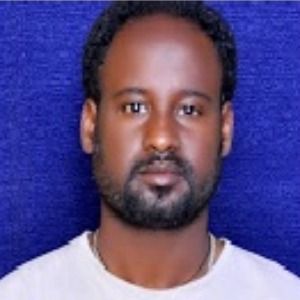
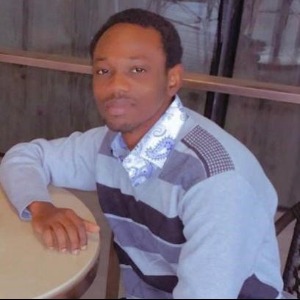
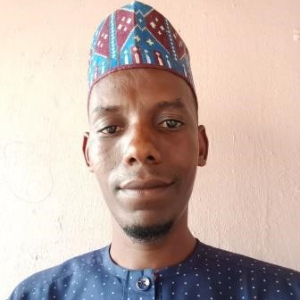
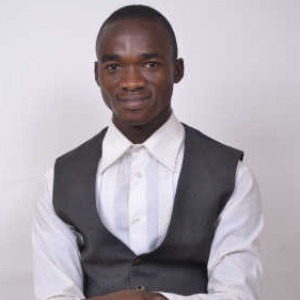
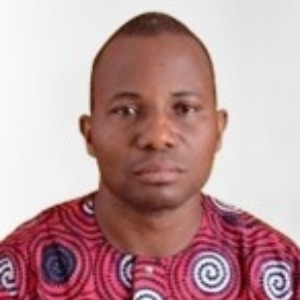
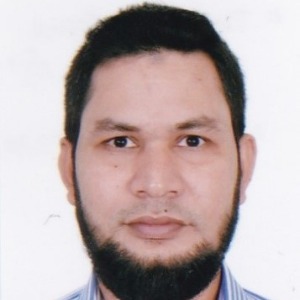
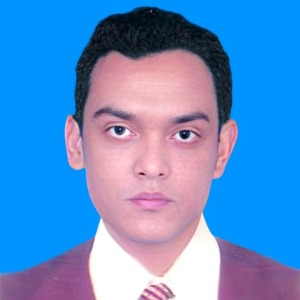








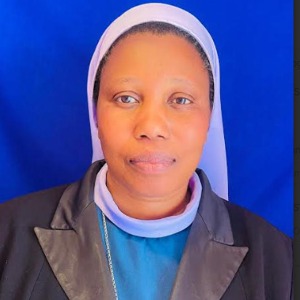

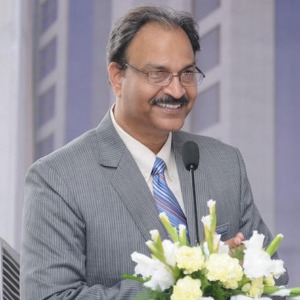
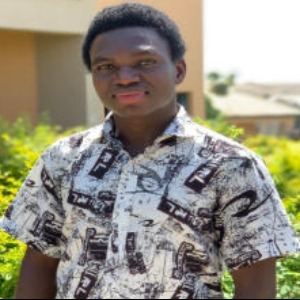




Title : Targeting noncanonical epitopes in anti-cancer immunotherapy
Michele Mishto, Francis Crick Institute, United Kingdom
MHC class I complexes can present antigenic peptides that have a sequence produced by post-translational mechanisms such as peptide splicing. Some examples of tumour-associated spliced epitopes have been investigated for their immunogenicity in the context of cancer so far. We de [....] » Read More
Title : Decoding pediatric appendicitis disease: Glycosylation insights via HPLC and mass spectrometry
Dalma Dojcsak, University of Miskolc, Hungary
N-glycosylation, an asparagine-linked glycosylation process, plays a vital role in cellular interactions, angiogenesis, immune response, and effector functions. Altered N-glycosylation impacts tumor growth and both acute and chronic inflammatory processes. IgG, the second most ab [....] » Read More
Title : Investigation and optimization of DNA isolation efficiency using ferrite-based magnetic nanoparticles
Timea Gerzsenyi, University of Miskolc, Hungary
DNA isolation is a crucial step in many molecular biological applications for diagnostic and research purposes. However, traditional extraction requires toxic reagents and commercially available kits are expensive, this leading to the recently wide-spread method, the magnetic nan [....] » Read More
Title : Mass spectrometry-based approaches for process optimisation and product quality applications in biomanufacturing
Yin Ying Ho, Agency for Science, Technology and Research (A*STAR), Singapore
The mass spectrometer (MS) is a versatile instrument suited for the analysis of biomolecules such as proteins, peptides, polysaccharides, small molecules/metabolites and nucleic acids. This presentation describes how MS-based approaches can be utilised for in-depth characterisati [....] » Read More
Title : Aluminium mediated expression of dehydration stress protein and ability of Al-acclimatized immobilized Nostoc muscorum: A strategy to combat abiotic stress and its potential as a biofertilizer
Alvina Farooqui, Integral University, India
In the present study engineered cyanobacteria based biofertilizer using the concept of acclimatization and immobilization has been for the very first time introduced and attempted. The cyanobacterium Nostoc muscorum (N. muscorum) was well acclimatized to Al metal by initially sub [....] » Read More
Title : Actinobacteria as eco-friendly biopesticides: A sustainable approach to pest management
Saba Siddiqui, Integral University, India
Actinobacteria, a phylogenetically and metabolically diverse group of Gram-positive bacteria, have garnered substantial attention for their potential applications in sustainable agriculture, particularly as biopesticides. These microorganisms are prolific producers of secon [....] » Read More
Title : Production of nanoliposomal amphotercin B topical gel as effective treatment for human Cutaneous Leishmaniasis (CL) disease
Abdulsada A Rahi, Wasit University, Iraq
Human cutaneous leishmaniasis (CL) is the disease caused by Leishmania sp. parasite and it endemic in Iraq and other world countries. This study comprised 78 cases of suspected CL disease. Before treatment, 66 (84.6%) cases were positive and 12 (15.4%) cases were negative among t [....] » Read More
Title : Production of nanoliposomal amphotercin B topical gel as effective treatment for human Cutaneous Leishmaniasis (CL) disease
Magda Abdulkalek Ali Al Rubaie, Wasit University, Iraq
Human cutaneous leishmaniasis (CL) is the disease caused by Leishmania sp. parasite and it endemic in Iraq and other world countries. This study comprised 78 cases of suspected CL disease. Before treatment, 66 (84.6%) cases were positive and 12 (15.4%) cases were negative among t [....] » Read More
Title : The effects of different doses of paracetamol on the development and morphometry of insects with forensic value
Danisile Tembe, University of KwaZulu-Natal, South Africa
Postmortem interval (PMI) estimation is an important factor in forensic investigations. In forensic entomology, the time of death is estimated by analyzing the age of the oldest insects found on a decomposing carcass, examining the development and succession pattern of insects. H [....] » Read More
Title : Virulent properties in Escherichia coli strains isolated from abattoir effluents, kunu drinks and urine samples within Abakaliki metropolis, South East, Nigeria
Onwa Collins Ndubuisi, Alex-Ekwueme Federal University Ndufu Alike Ikwo, Nigeria
This research was carried out to identify the presence of Escherichia coli from Abattoir effluents, Kunu drinks and Urine samples within Abakaliki Metropolis and to determine the virulent properties in the isolated strains. A total of one hundred and eighty one (181) samples were [....] » Read More